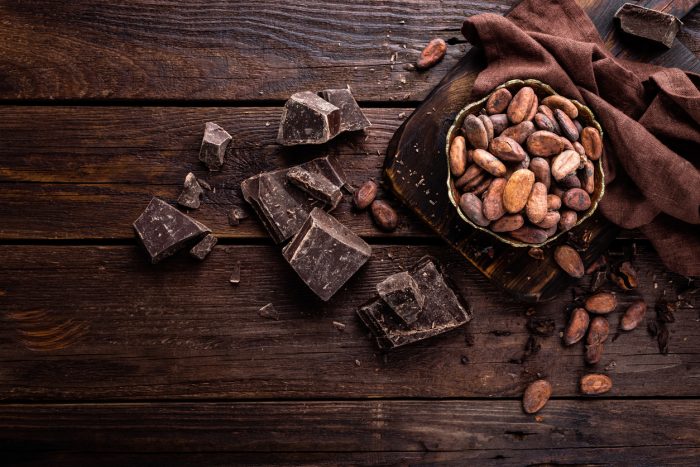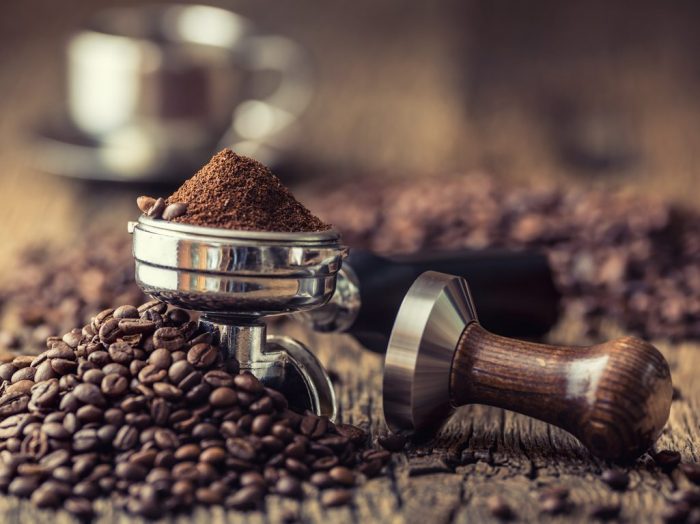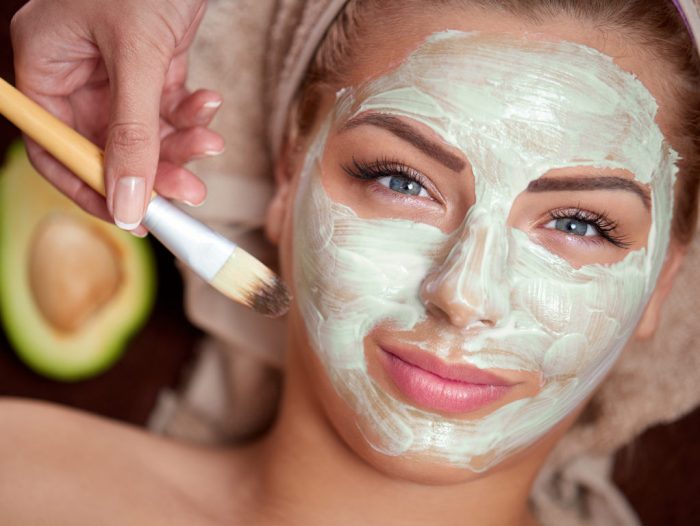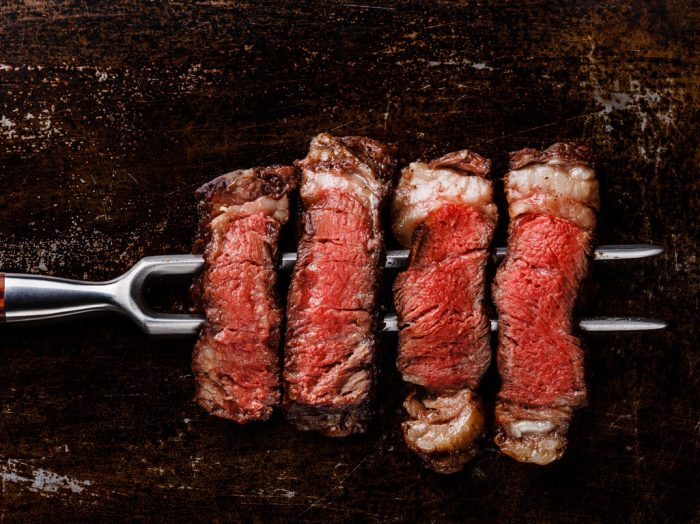The world is constantly in flux because of the weather manifestations and floods caused by global warming. As climate change threatens coffee and chocolate, the world of science is working hard to save our sweet treats and morning waking up rituals.
Sea levels are flooding coastal cities, habitats are being destroyed, drought, diseases and rising temperatures are a constant threat to humanity as we know it. And the latest consequences aren’t life or death, but they do affect the world as we know it. Because coffee and cocoa crops are in danger of being depleted, while the demand rises. So climate change threatens coffee and chocolate and the cozy lifestyle of those of us fortunate enough to have it.
How bad is it?
According to a report published in Bloomberg, the global coffee market is heading for the fourth straight year of deficit. Brazil, once a leader in coffee harvest, is suffering because of a combination of abnormally high temperatures and much too low rainfall, which lead to a decreased robusta coffee bean production. So much so, that they might start importing from Vietnam crops. By 2050, arabica beans are estimated to grow on only half of the land needed for demand.
It’s beginning to look a lot like one of those post-apocalyptic movies, where only the rich can have a cup of Joe in the morning, while for others that warm, inviting smell signifying “Good morning” to so many of us will be a distant memory in a few years.
Floods and less rainfall aren’t the only factors at play here. There’s also leaf rust, a fungal disease that is already responsible for killing coffee crops. The consequences? 1.7 million people left without a job. We’ve lost 18.2 million bags of coffee, worth about $2.5 billion, to this disease.
As for cocoa, the main ingredient in chocolate, it’s also at risk of diminishing considerably on the global market. Drought in Indonesia has led to greater seeds mortality, and there’s also a disease affecting it: cocoa pod borer. There’s a similar situation in countries that cultivate cocoa like Ghana, Cote D’Ivoire, and Ecuador. Côte d’Ivoire and Ghana produce over half of the world’s chocolate, but the temperature is rising in those countries with about 3.8 degrees F/2.1 degrees C by 2050. And the cultivation area is shrinking.

Strategies when climate change threatens coffee and chocolate
In the case of cocoa, scientists from Rainforest Alliance say that climate-smart agriculture is a safe bet for minimizing the effects of global warming. This means making current trees more resistant to climate change, but also sustainably intensifying cocoa production. This could help in Ghana, for instance, where the scientist superheroes want to enhance soil structure so that the soil is more resistant to water infiltration in the aftermath of flash floods. They want to selectively breed seeds that can resist drought better.
Organizations like WCR (World Coffee Research) are trying to find plants that can survive in different climates. They are placing 30 plant varieties in 20 countries, in a controlled environment, trying to see which ones can stand lower temperatures. They will move the survivors to other regions, to see how they fare in uncontrolled conditions, with foreign soils.
Hopefully, there will be some survivors in this coffee-based “Hunger Games”-type challenge. Plants which can withstand not only unfavorable weather, foreign soil but also the devastating powers and effects of leaf rust.






